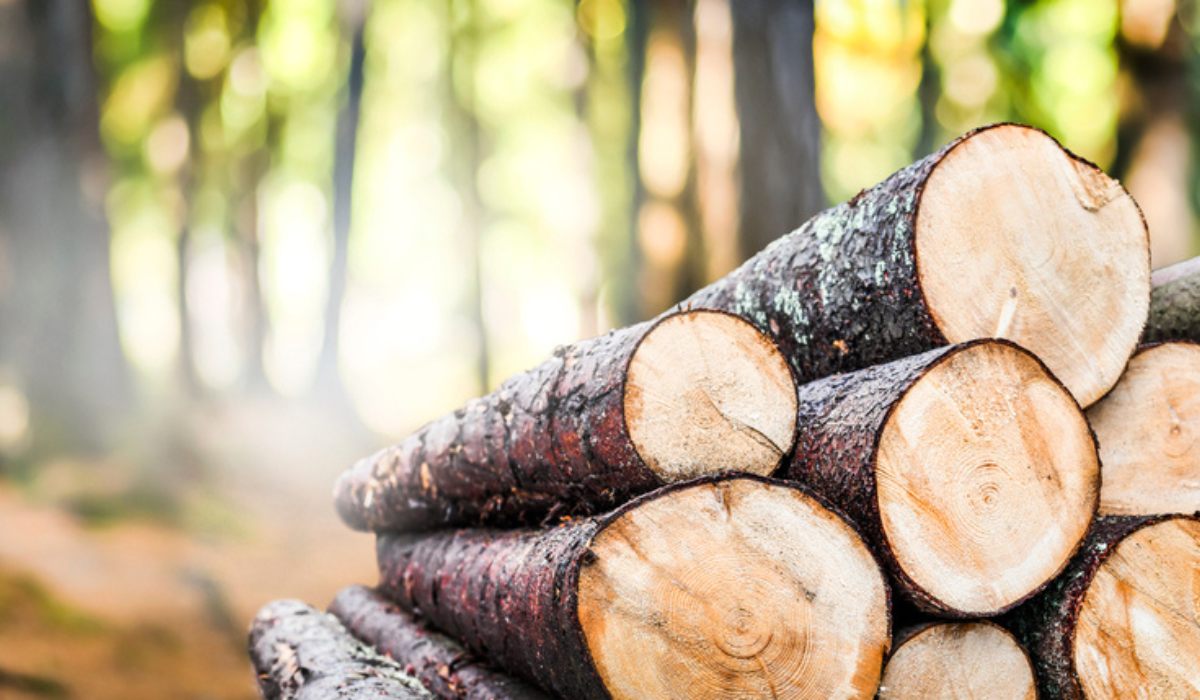Sheesham wood, also widely known as Indian Rosewood (scientific name: Dalbergia sissoo), is a highly prized hardwood native to the Indian subcontinent, including parts of India, Pakistan, and Nepal. It’s a popular choice for furniture and various other applications due to its attractive appearance and excellent properties.

Here’s a breakdown of Sheesham wood:
Characteristics:
- Appearance: Sheesham wood is known for its beautiful and distinctive grain patterns, which often include prominent dark streaks or veins. Its color can range from a golden brown to a deeper reddish-brown, often with lighter sapwood that can be incorporated into designs for a unique look. Each piece of Sheesham wood furniture is often unique due to these natural variations.
- Durability and Strength: It’s classified as a hardwood and is remarkably durable and strong. This makes it resistant to everyday wear and tear, dents, and scratches. It’s known for its longevity, with furniture often lasting for decades.
- Termite Resistance: Sheesham wood has a natural resistance to dry-wood termites and decay, which is a significant advantage, especially in tropical climates. While it’s generally resistant, some sources suggest that certain parts of the wood might still be prone to wood-boring beetles, so proper treatment and care are still important.
- Workability: Despite its strength, Sheesham wood is relatively easy to work with, making it a favorite among woodworkers for carving and intricate designs. It takes well to finishes, glues, and machinery, allowing for a wide range of furniture styles, from classic to contemporary.
- Stability: When properly seasoned (dried), Sheesham wood is quite stable and less prone to warping or splitting, even with changes in temperature and humidity.
- Weight: It is generally a heavy wood, which contributes to the sturdiness and quality feel of furniture made from it.
- Affordability: Compared to some other premium hardwoods like Teak, Sheesham wood is often a more affordable option, offering a good balance between quality and cost.
Uses:
Sheesham wood’s combination of aesthetic appeal and practical properties makes it suitable for a diverse range of applications:
- Furniture: This is its most common and popular use. Sheesham is widely used for crafting:
- Beds (especially double beds with storage)
- Dining tables and chairs
- Cabinets and sideboards
- Coffee tables and TV units
- Sofas and seating
- Shelves
- Luxury and antique-style furniture
- Decorative Items: Its beautiful grain and workability make it ideal for wood carvings, sculptures, decorative panels, and various handicrafts.
- Flooring: While less common than furniture, it can be used for durable and attractive flooring.
- Musical Instruments: Due to its tonal qualities, it is sometimes used in the construction of musical instruments.
- Other Uses: Historically, it has also been used for plywood in boats and airplanes, for tools, and even for charcoal. Its root wood is sometimes used for tobacco pipes.
Sheesham Wood vs. Teak Wood (a common comparison):
While both are excellent hardwoods, they have some key differences:
- Color: Sheesham typically has richer, darker hues (golden to reddish-brown with darker streaks), while Teak has a lighter golden-brown color that can mature to a silver-gray patina.
- Grain: Sheesham has more pronounced and intricate grain patterns, whereas Teak tends to have a finer, smoother grain.
- Oil Content & Moisture Resistance: Teak is renowned for its very high natural oil content, which provides superior natural resistance to moisture, rot, and pests, making it highly suitable for outdoor use. Sheesham has a lower oil content but is still very durable and termite-resistant, though it’s generally preferred for indoor furniture unless properly treated for outdoor exposure.
- Weight: Teak is generally heavier and denser than Sheesham, giving it higher tensile stability.
- Cost: Sheesham is typically more affordable than Teak.
- Workability: Both are good for carving, but Sheesham is often considered more flexible for intricate designs due to its higher moisture content.
Maintenance:
Sheesham wood is relatively low maintenance. Regular dusting and occasional wiping with a damp cloth are usually sufficient. It’s advisable to keep Sheesham furniture away from direct sunlight and extreme temperature changes to prevent warping or cracking. Periodic polishing can help maintain its shine and protect its surface.
Overall, Sheesham wood is a fantastic choice for those seeking durable, aesthetically pleasing, and relatively affordable solid wood furniture, especially for indoor use. Its unique grain patterns ensure that each piece has its own character and charm.

akhil